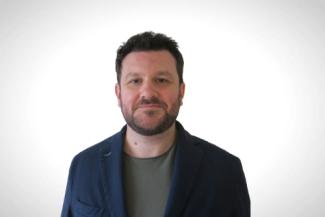Saimir Shpuza is a classical archaeologist working on the ancient territory of Illyria. His main ongoing project on the Nymphaion of Apollonia and the Bitumen in the Mediterranean combine interdisciplinary approaches such as: landscape and religious archaeology, ancient mining techniques, and environmental studies.
Host University: Aix Marseille University, France
Host research group or department: Institut de Recherche sur l'Architecture Antique - IRAA
Co-host University: Sapienza Università di Roma, Italy
Secondment institution: Institute of Archaeology in Tirana, Albania
Advisor: Professor François Quantin
Co-advisor: Professor Marco Galli
Secondment mentor: Dr. Albana Meta
My research
The Nymphaion of Apollonia and the Bitumen in Central and Western Mediterranean.
Multidisciplinary and Diachronic Study
This project focuses on the exploitation and uses of bitumen in southern Albania in the ancient times.
Bitumen deposits are known and exploited in the lower valley of Vjosë since Antiquity and some of them
are still active today (Selenicë). By its uses (the sealing of ceramics, caulking of ships etc), by the
peculiarities of its extraction and its treatment, by its lasting effects on the environment and health as
for its symbolic or religious value, the bitumen offers a prism to observe in the long term the nesting and
the radiation of a region on the Mediterranean scale. The research project presented here combines
different approaches: historical, archaeological, geological, physical (fluids and gas), geographical and
environmental. The chronological amplitude is very large because it leads from Antiquity (sacred
character of the site, exploitation of the bitumen deposits) to present day. Thus, the project seems large
but it represents a unity of space and a thematic coherence: it’s about understanding how the bitumen
was exploited in this region of the ancient world and why its extraction and the perpetual flame
associated to it, had a link with the religious dimension through an oracle sanctuary whose vestiges
remain to be discovered. The originality of the project lies above all in its ambition to link disciplinary
approaches: religious archaeology, ancient mining techniques, and others. It is also based on the dual
objective of building a long-term overview of the impact of a natural resource on its environment and of
converting it into a virtual museum.
Date started – Date End
01.10.2022 - 30.09.2024





